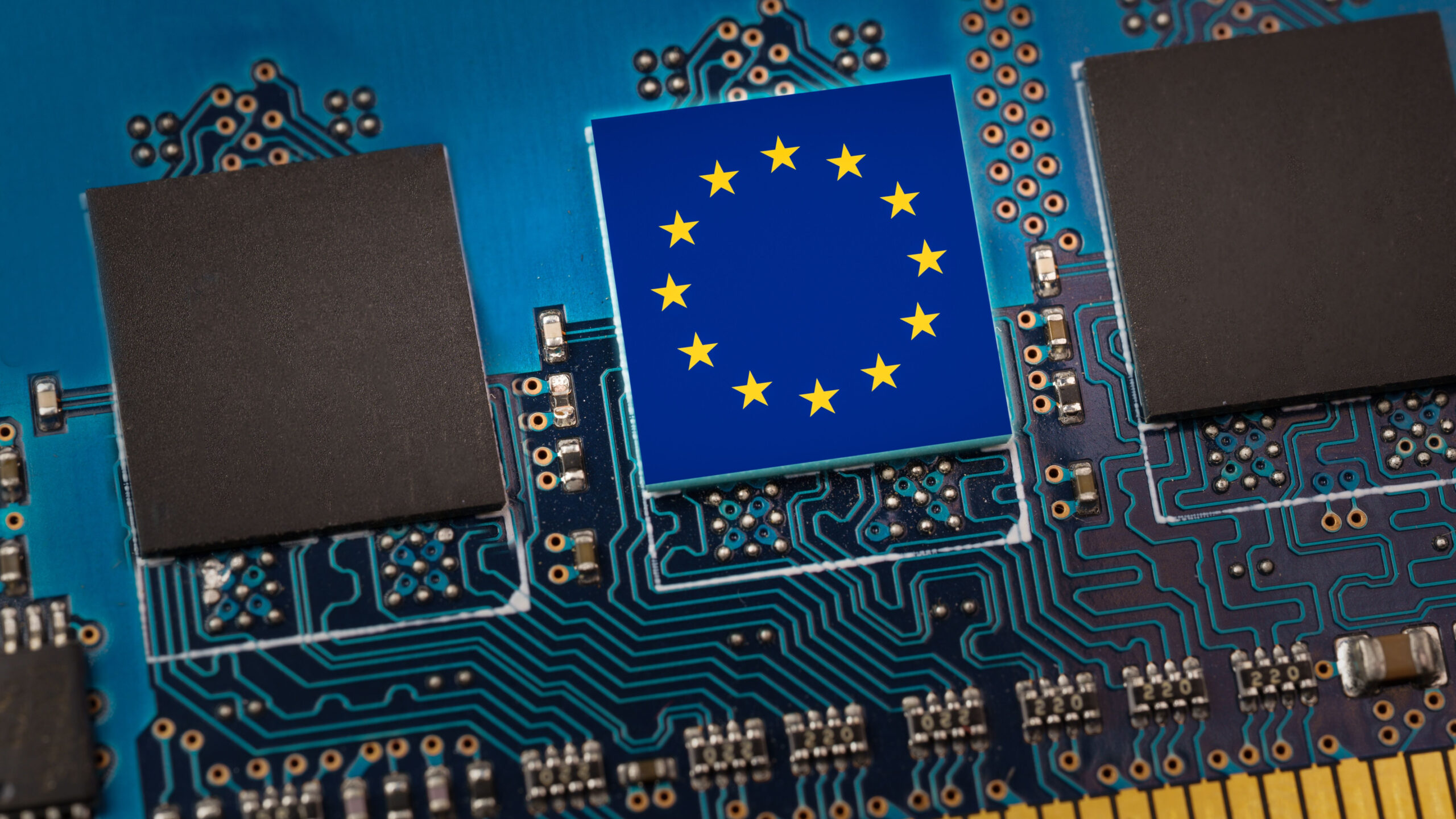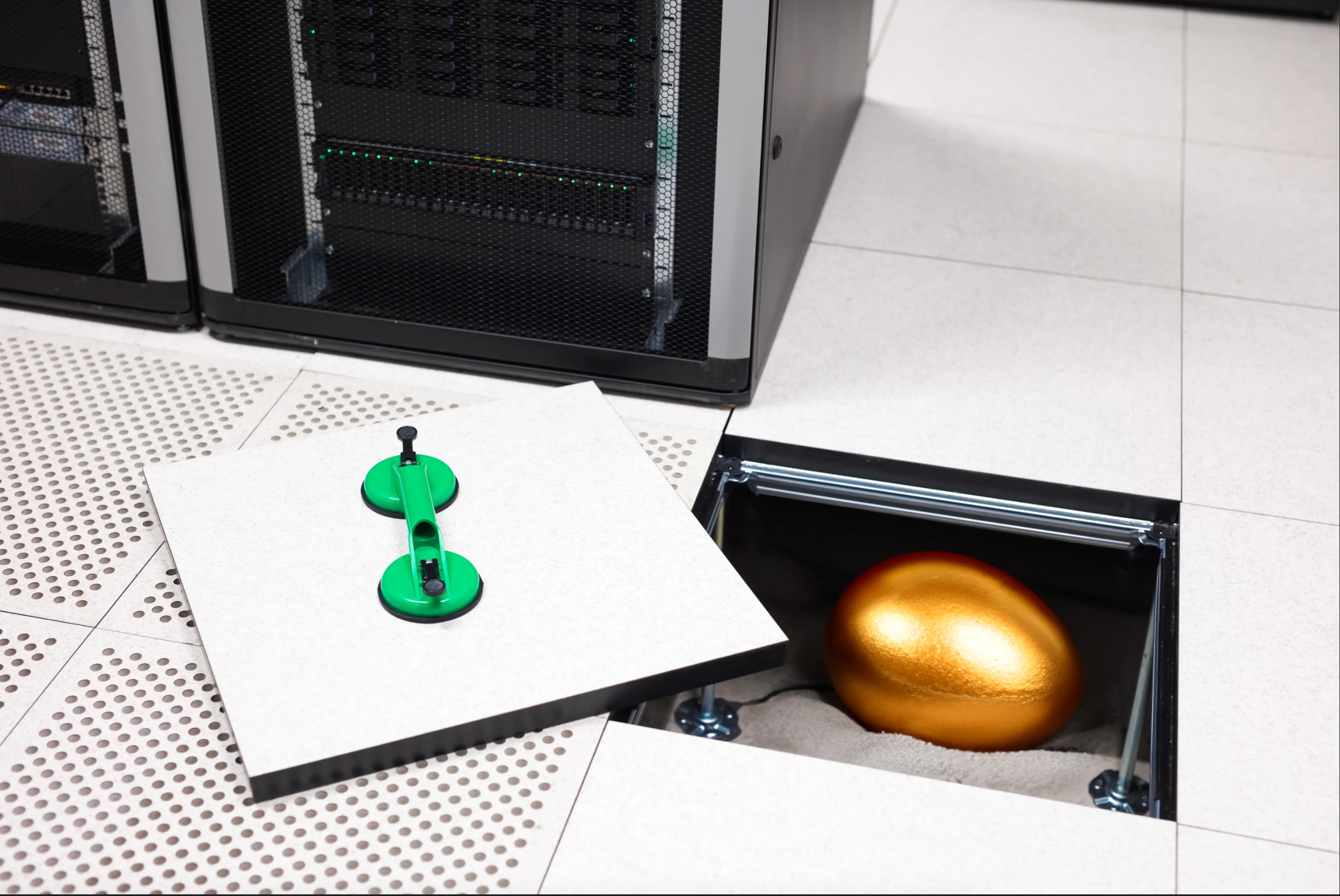Hold Your Fire Before Freaking Out Over 3-D Printed Guns
The ability to extrude a physical object out of the computer-controlled nozzle of a 3-D printer has usually been regarded as a good thing, but recent events offer a reminder that a 3-D printer — like many other sci-fi implements — can be both constructive and destructive.
The possibility of making parts of a gun with a 3-D printer isn’t new — it showed up on a CSI episode in late November — but the horror of the Newtown shootings has focused people’s mind on that prospect.
So in mid-December, MakerBot Industries, perhaps the best-known manufacturer of 3-D printers, started removing designs for printable gun components from its Thingiverse online library. Its terms of service ban weapons and “illegal materials,” but that prohibition had apparently been neglected.
The designs promptly appeared elsewhere online, as any stream of ones and zeroes will.
Let’s get a few things out of the way first:
* Cries of “censorship” have no place here. MakerBot is a private company and Thingiverse isn’t a public library: its house, its rules. (In a roundtable discussion in Las Vegas during CES, MakerBot founder Bre Pettis said he thought the controversy had since “blown over.”)
* While you might be able to 3-D print an ammunition magazine, it is seriously doubtful that you could build a reliable gun from parts printed on hobbyist-grade gear–plastic isn’t strong enough to absorb the repeated and intense force of gunfire. You’d do better to stick with boring old metalworking tools.
* I don’t know what real-world problem advocates of home-printed munitions are trying to solve. Do these people all think they’re John Connor? Sorry, but a) the Constitution doesn’t grant you a right to armed rebellion, and b) the military has tanks, aircraft carriers, fighter planes, drones and quite a few nukes, so good luck with one anyway.
But… if people can do something on the Internet, they will, even if the results are unreliable or outright dangerous to their users. Then what?
Banning posting designs for things we don’t like–whether they’re components of a firearm or potentially intellectual-property-infringing designs for kids’ stackable blocks–is tempting. But it won’t work.
We know because we’ve already run that experiment. Attempts to keep software off the Internet–the open-source Pretty Good Privacy encryption app in the 1990s, the DeCSS DVD-unlocking tool in the 2000s–were a consistent and complete failure. The near-zero costs to distribute data online ensured that.
It does not, however, follow that we’re then doomed to a dystopian future of commodity-printed firearms or firearms components.
How do we avoid that? There’s a phrase that gets thrown around a lot in discussions of the future of media–“sell the scarcity”–that may offer some insight on what we can do about obnoxious or downright dangerous uses of 3-D printing.
Money is one scarcity. If somebody is making a profit off some malicious online behavior, you can try to identify and intercept that stream of income. This happens to be one of the more effective strategies to counter the plagues of spam and malware.
Having to take something somewhere to use it is another. 3-D printing differs from the distribution of software online, since the item in question must emerge into the physical world at some point–and if possession of a particular object is illegal, you having made it yourself should not exempt you from the law.
And the same law-enforcement techniques we have or could permit to use against gun trafficking should apply to those two cases as well.
So while chasing bits around the Internet may and should look like a doomed errand, let’s not freak out over this just yet.








